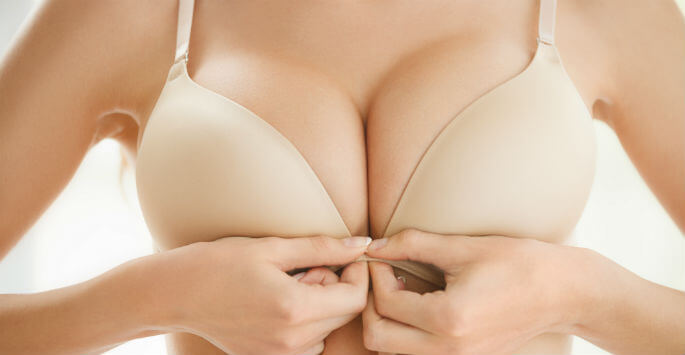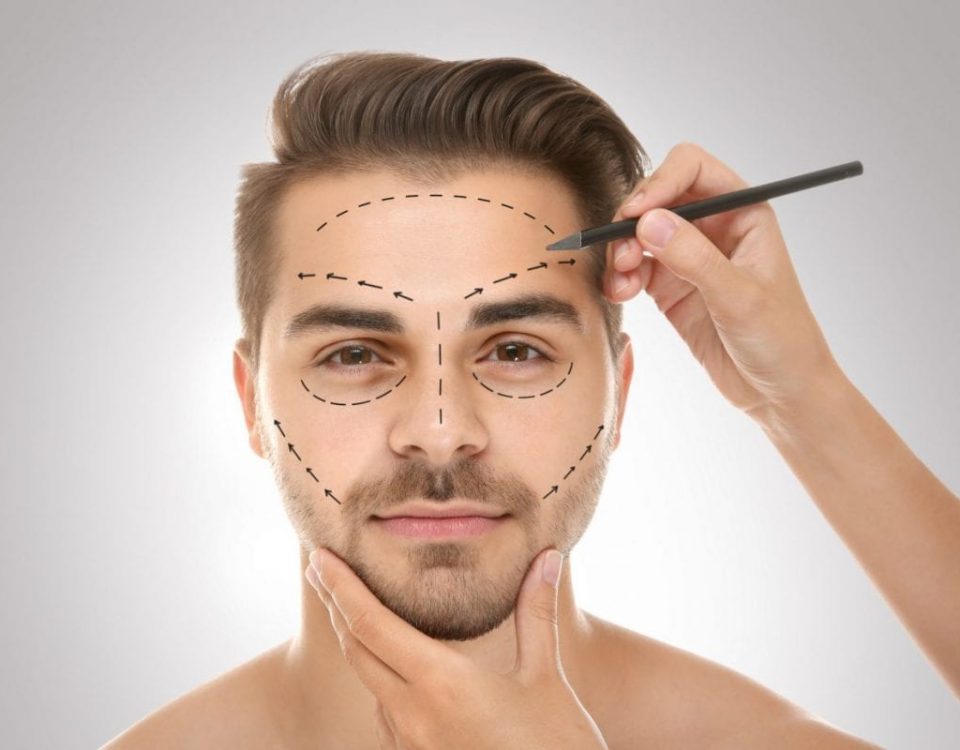
Eye Wrinkles
May 14, 2021
Plastic Surgery: Truth vs Marketing
May 14, 2021Addressing Problems With Breast Implants

It’s important to understand that breast implants are not permanent. Given enough time, things in the body change, and additional surgery may be required. Time isn’t the only cause of implant problems; we occasionally treat patients who have received less-than-perfect augmentations and need help to improve or correct any issues, or we see people who have been in accidents that have caused damage to their implants. The three most common issues are: capsule hardening, implant rupturing, and implant displacement.
CAPSULE HARDENING
When a saline or gel implant is placed in the body, it responds by building a protective capsule of tissue around that implant. This is a remarkable thing that the body does: it isolates the implant in its own chamber, increasing strength, safety and stability. Some women naturally produce soft capsules, and others produce capsules that can grow to become thicker and harder. The most common problem women have with breast implants is a hardening of the tissues (the “capsule”) that the body forms around the implant itself. This is known as “capsular contracture,” and when it occurs, the implants can begin to look too round, or irregular, and can eventually become painful. Most women who experience this problem have had their implants for 10–15 years. One solution is to surgically open the capsule, releasing the tension. More often, it’s better to remove the capsule altogether. In both cases, the body naturally repairs itself, growing a new capsule around the implant, which should remain soft for many years to come.
LEAKING OR RUPTURED IMPLANTS
Implant manufacturing standards are constantly improving. We rarely encounter leaking or ruptured implants; however, it does happen occasionally. The implant manufacturer, Allergen, covers the implants for life and will replace them free of charge, although they will not cover the cost of surgery to replace the old implant with the new one. Though, in some cases, they will cover part of the surgeon’s cost.
Under- or overfilling a saline implant beyond the manufacturer’s specifications can cause problems. Underfilling the implant can cause it to have folds in its surface that a properly filled implant does not have. These folds can rub together as we move around, creating friction that can eventually weaken or damage the implant. Overfilling can cause the implant to stretch too much, thinning the wall of the implant, and therefore making it more vulnerable to rupturing. Accidental trauma to the breast can sometimes cause an implant to rupture and slowly leak fluid or gel. And though in the past there were many fears around silicone implants, it’s important to understand that saline or gel/silicone implant leakage is not toxic, and extensive tests have found no long-term health hazards due to breast implant leaks.
DISPLACEMENT
Breast implant displacement means that the implant moved or shifted after breast augmentation surgery. An improperly secured implant may shift upward, downward, in toward the breastbone or out toward the armpit. In our opinion, the techniques for fixing these problems in the past were only marginally effective. Typically, a surgeon would open the breast capsule and attempt to suture (stitch) in order to relocate the implants in a better position. These corrections had a tendency to fail quickly; the sutures would not hold, or the implant might simply migrate around the correction or to a new area. We are pleased to say that today we have a much better way of addressing implant displacement.
The technical name is “the neo-subpectoral pocket technique,” and it differs from older methods. Instead of trying to suture the implant into a better position, we open the natural capsule and remove the saline or gel implant. Then, we separate the natural capsule from the breast, and collapse it flat against the chest wall, changing it from a round, globelike shape to a sort of flattened pad. This pad of natural tissue is very strong and useful. We position it where we need to and replace the implant into the desired position. As the body heals, it forms a new capsule around the implant. The tissue below supports the correction, making it strong and long-lasting. It’s a really great technique.
In all of the cases above, it is rare that we will reinsert the same implant; typically, we will replace them with brand-new ones. This is an opportunity to discuss if the size was just right, perhaps a little too large or too small, and make any desired size adjustments while fixing a problem implant.
Ready to schedule a consultation?
Discuss your questions, goals, and learn if you are a good candidate for specific products and procedures. Schedule your consultation by calling (505) 913 4360 or CLICK HERE. A $50 fee applies, which will be credited to your future procedure.

